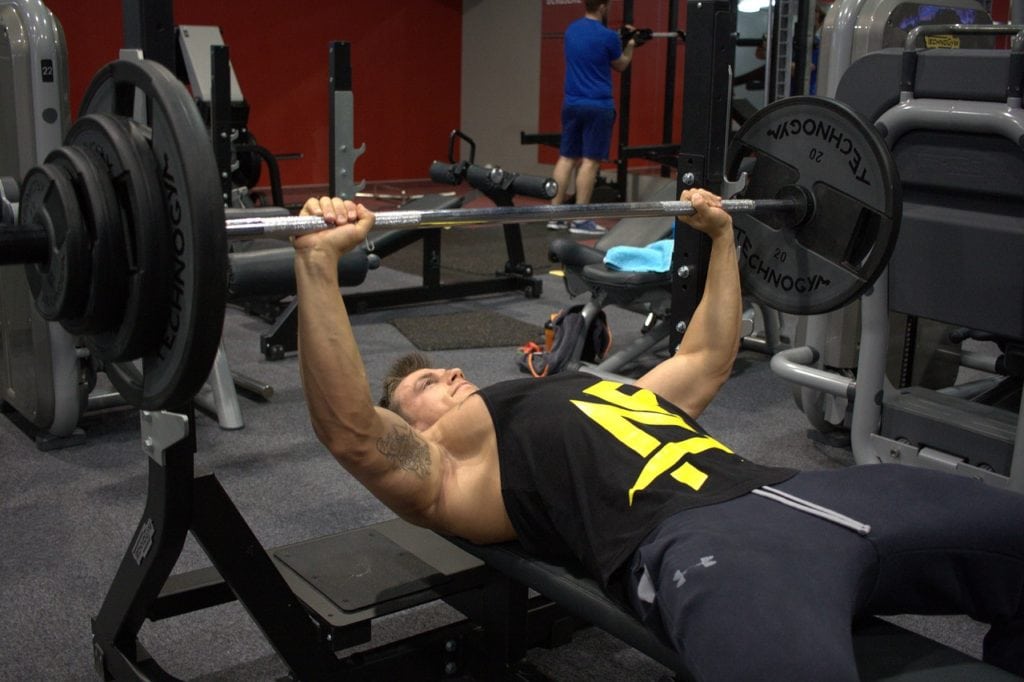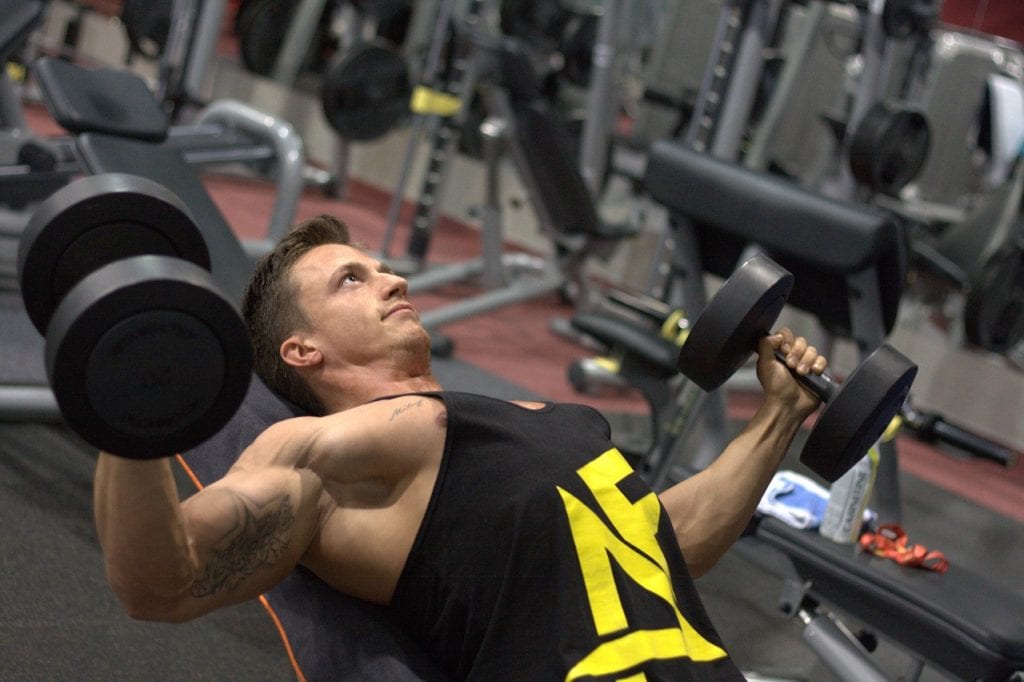Muscle hypertrophy is a term for the growth and increase of the size of muscle cells. The most common type of muscular hypertrophy occurs as a result of physical exercise such as weightlifting, and the term is often associated with weight training.

Hormones play an important role in metabolism, brain and body and functions and of course, also for muscle growth.
From hormones perspectives, the hypertrophy is a cellular response to the tropic hormones.
Those hormones are FSH (Follicle-Stimulating hormone) and TSH (Thyroid-Stimulating hormone), LH (Luteinizing hormone) and ACTH (Adrenocorticotropic hormone). There are two essential components necessary for the growth of muscles—stimulation and repair. Stimulation occurs during the contraction of the muscle, or during the actual exercising of the muscle. Each time that a muscle is exercised, contraction occurs. This repeated contraction during a workout causes damage to the internal muscle fibers. These muscles fibers are broken down throughout the course of a workout. Once damaged, these fibers are then ready to be repaired. This is where muscle growth occurs.
Our muscles consist of water (60~80%), Glycogen (accessible energy) and protein.
There are actually two types of hypertrophy: Sarcoplasmic hypertrophy (gel) and myofibrillar (fibers-protein).
Those at the gym that consume creatine are increasing the sarcoplasmic volume.


The exercises that lead to muscle growth are those that contract the muscle against resistance repeatedly. This includes a variety of weight training methods.
Weight training for hypertrophy can be done by using free weights, exercise machines, resistance bands or bodyweight exercises.
The factors that will impact the muscle growth for hypertrophy are the load (heavyweights), the number of repetitions and the rest intervals between sets.
3 to 5 sets are required, not more and the load and numbers of repetitions are important to define whether the direct focus is strength or endurance. 5-6 repetitions per set are a balance between the two in most cases, but usually, it is good to combine the workouts for both endurance (more repetitions) and strength (fewer repetitions with higher load).
Important to mention as well is that the rehabilitation process after hard workout lasts between 24 to 48 hours. So for the best results, you should hard stimulate the same muscles usually 3 days a week. Also, it is important not to overtrain. Overtraining may result in lack of ability to train again effectively within the required time frame.
As for your eating habit…keep in mind that for muscle hypertrophy you will need to supply your muscles with enough protein and all essential amino acids. In most cases, where you are not in weight loss target (while keeping strength), you should be in 0-10% caloric surplus per day.
Leave a comment